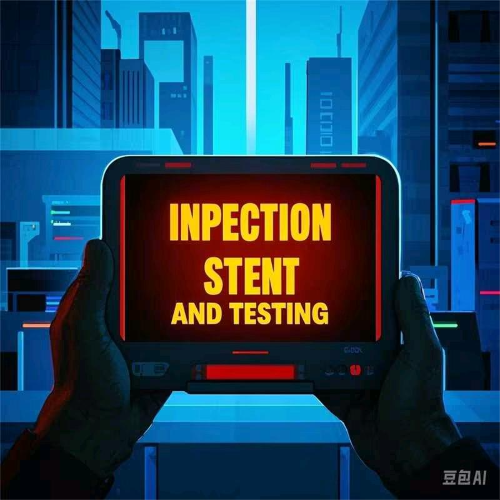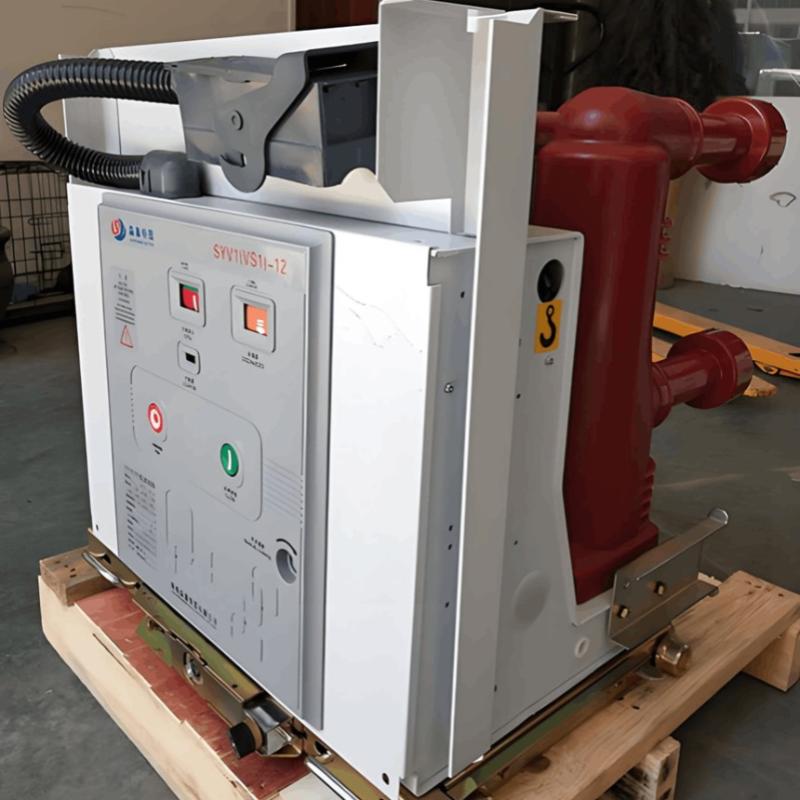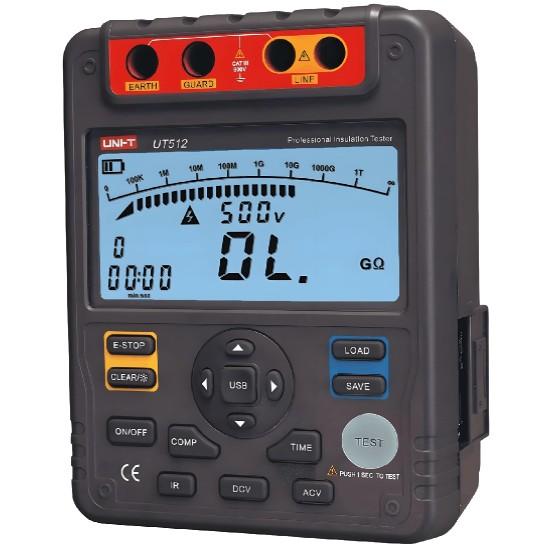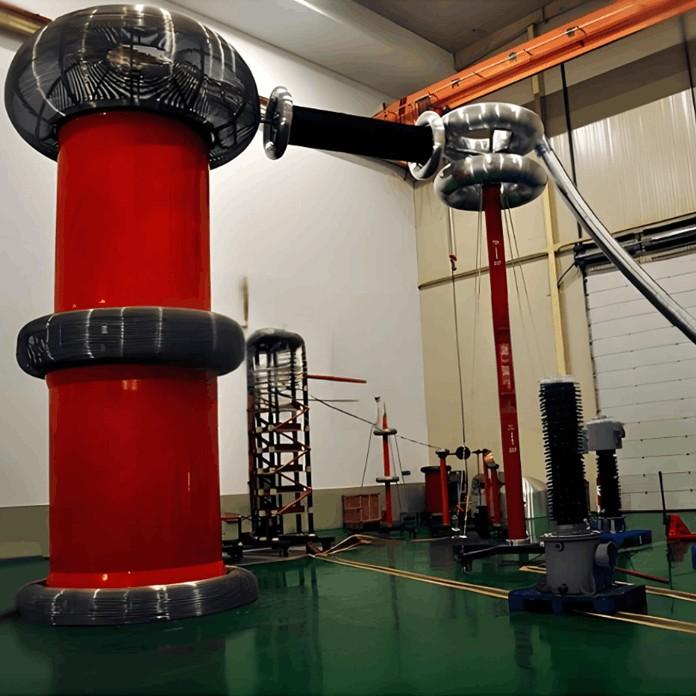1. Introduction
Outdoor voltage transformers are key equipment for ensuring the safety of electrical apparatus. Scientific and comprehensive test analysis is required to avoid hazards and property losses caused by improper operation. Test analysis can guide the formulation of operation strategies and precautions, ensure the stable operation of equipment, and maximize economic and social benefits.
2. Concept of Outdoor Voltage Transformers
An outdoor voltage transformer is essentially an outdoor step - down transformer, with the core function of isolating high - voltage electricity:
Convert high - voltage electricity into secondary voltage of 100V or below in proportion to meet the needs of measuring instruments and relay protection.
Used for line output control/supervision in power plants and substations, as well as electricity settlement between the power grid and users, and between power plants and stations.
It has high value and applicability and needs to be used reasonably to maximize its value.
2.1 Test Methods and Working Principles
The reverse connection method is often used for testing outdoor voltage transformers. The reverse connection method detects the tangent of the dielectric loss angle of the insulation of the following three parts:
Insulation between the primary electrostatic screen (X terminal) and the secondary and tertiary windings.
Insulation between the primary winding and the ends of the secondary and tertiary windings.
Insulation between the insulating support and the ground.
2.2 Defect Analysis of the Reverse Connection Method
The reverse connection method has three deficiencies:
Measurement Limitation: Mainly reflects the tangent of the dielectric loss angle of the insulation between the primary electrostatic screen and the secondary and tertiary windings. Because the capacitance of this part reaches 1000pF, which is much larger than that of the other two parts (tens of picofarads), it is difficult to reflect the change of the dielectric loss angle of the latter two parts.
Low Test Voltage: The insulation level of the grounding end of the high - voltage winding of the cascade voltage transformer is low. The test voltage designed by the manufacturer is 2000V, and usually only 1600V can be applied in preventive tests (some units have used 2500 - 3000V. Although it can detect water ingress and moisture, the overall voltage is relatively low, which affects the measurement sensitivity of the bridge).
Pollution Interference: The pollution of the terminal board and small porcelain sleeve led out from the X terminal will increase the measurement error. Although the positive connection method can be used to reduce the impact (the positive connection method also measures the tangent of the dielectric loss angle between the primary electrostatic screen and the secondary and tertiary windings), the measurement error of the positive connection method itself is still large.
To be precise, voltage transformers and power transformers have roughly the same working principle. Their basic structure consists of three parts: the iron core, primary winding, and secondary winding. A power transformer’s main function is to transmit electrical energy, so it generally has a large capacity. A voltage transformer mainly functions to transform voltage, ensuring power supply for measuring instruments and relay protection devices, and measuring voltage, power, and electrical energy in circuits. It should be noted that voltage transformers can also analyze and monitor line faults. These factors determine that outdoor voltage transformers have relatively small capacities. Normally, outdoor voltage transformers operate under no - load conditions. The working principle analysis diagram of the voltage transformer is shown in Figure 1.

As seen from the diagram, the high - voltage winding of a voltage transformer is parallel to other relevant circuits in the primary circuit. The secondary voltage is proportional to the primary voltage and reflects its value. The ratio of the rated voltages of the primary and secondary windings is the rated transformation ratio, usually Kn = U1/U2. Also, the primary winding is parallel in the primary circuit, so the secondary side can’t be short - circuited — a short circuit would generate a strong current, damaging the transformer and even paralyzing the line in severe cases. Similarly, during outdoor voltage transformer tests, to avoid excessive high or low voltage, ground the secondary winding, iron core, and housing. This ensures the transformer and outdoor equipment stay safe even if accidents occur.
3. Classification of Outdoor Voltage Transformers
Classified by the working principle of voltage transformers: Electromagnetic voltage transformers and capacitive voltage transformers.
Classified by the characteristics of specific outdoor working conditions: Conventional outdoor voltage transformers and special outdoor voltage transformers.
Classified by the number of phases of voltage transformers: Single - phase type and three - phase type. Generally speaking, a single - phase voltage transformer refers to one that can be manufactured for any voltage level and can perform conversion as required under different conditions to ensure all needed changes; while a three - phase voltage transformer is limited to voltage levels of 10 kV and below.Although this type of voltage transformer has certain limitations to a large extent, it is relatively suitable for playing its value and role in specific situations.
Classified by the number of windings of voltage transformers: Double - winding combined type and three - winding combined type.
Classified by the insulation structure: Dry type, plastic - poured type, gas - filled type, and oil - immersed type. Of course, as for what type of outdoor voltage transformer to use, it is necessary to fully consider the working environment and actual characteristics of the entire voltage transformer for specific analysis.
4. Analysis of Wiring Modes of Outdoor Voltage Transformers in Routine Tests
In the entire test of outdoor voltage transformers, the wiring mode is a relatively key and important link in the whole voltage transformer, and we need to analyze it to ensure the safety and stability of the entire test.
4.1 Single - wire Connection
It is a wiring mode that uses a single - phase voltage transformer to measure the voltage of a certain phase to the ground or the voltage between phases. The wiring method of this voltage transformer is mainly used for relatively symmetrical three - phase circuits.
4.2 V - V Wiring Mode
The so - called V - V wiring mode refers to connecting two single - phase transformers into an incomplete structure. This wiring mode can be used to better measure the voltage between phases, but it also has a disadvantage, that is, it cannot measure the voltage to the ground. More notably, it is widely used in power grids with a voltage of 20 kV and below where the neutral point is not grounded or the arc - suppression coil is grounded.
4.3 Y0 - Y0 Wiring
This wiring mode mainly connects both the primary and secondary sides of the single - phase transformer of a single voltage transformer into the Y0 type. This wiring mode has a great advantage, that is, it can supply power to meters and relays that require voltage and to insulation monitoring meters that require phase voltage. Generally, this wiring mode is only used in systems below 35 kV.
5 Analysis of Precautions During Routine Tests of Outdoor Voltage Transformers
During the test process, before the formal test of the voltage transformer, scientific treatment and testing of the polarity and insulation resistance measurement of the voltage transformer are required. This is to ensure that the voltage transformer will not suffer unnecessary losses due to external factors during the test.
The wiring of the outdoor voltage transformer should be correct. In particular, it should be noted that the primary winding and the circuit under test need to be connected in parallel, and the secondary winding and the voltage coils of the connected measuring instruments and relay protection devices should be connected in parallel. It should also be noted that the correctness of the polarity should be ensured simultaneously.
During the test, the load on the secondary side of the voltage transformer should not exceed its specified rated capacity under normal circumstances. If it exceeds, it will lead to a large data error of the entire transformer, and the required normal values cannot be obtained.
The secondary side of the voltage transformer is not allowed to be short - circuited. This is because the internal impedance of the voltage transformer is very small. If the circuit is short - circuited, a large current will be generated, which will cause great damage to the entire voltage transformer equipment. In severe cases, it may even threaten the personal safety of the test staff. In addition, if possible, certain protection and monitoring equipment should be installed on the primary side to ensure the stability of the entire test system and avoid unnecessary situations.
To better ensure the measurement of relevant tests and the safety of relevant experimental personnel, the secondary winding must be grounded at one point during the experiment. The advantage of this is that even if insulation damage occurs, it can well ensure property and personal safety.
6 Conclusion
Through the test analysis of outdoor voltage transformers, relatively complete and scientific test methods and precautions are formulated. Truly ensure the normal progress of the entire test, protect the safety of equipment and personnel, and provide a reliable foundation for the application of outdoor voltage transformers in the power supply field to maximize their value.























